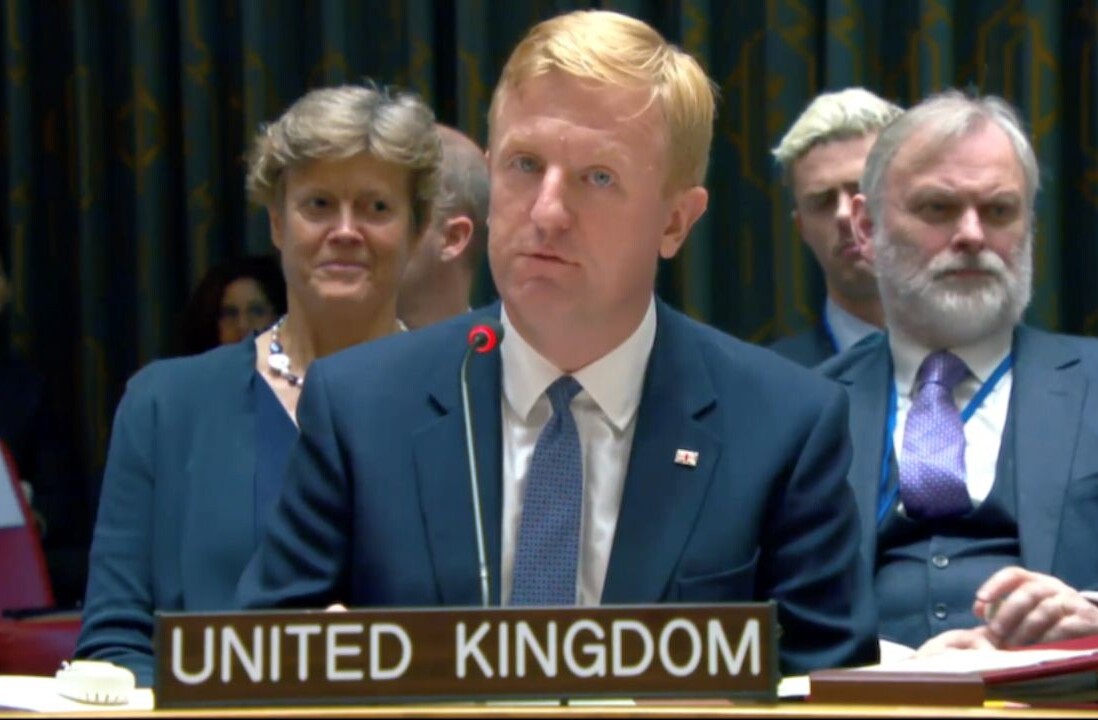
Today is a significant day in the history of the Internet. On 6 August 1991, exactly twenty years ago, the World Wide Web became publicly available. Its creator, the now internationally known Tim Berners-Lee, posted a short summary of the project on the alt.hypertext newsgroup and gave birth to a new technology which would fundamentally change the world as we knew it.
The World Wide Web has its foundation in work that Berners-Lee did in the 1980s at CERN, the European Organization for Nuclear Research. He had been looking for a way for physicists to share information around the world without all using the same types of hardware and software. This culminated in his 1989 paper proposing ‘A large hypertext database with typed links’.
While the initial proposal failed to gain much momentum within CERN, it was later expanded into a more concrete document proposing a World Wide Web of documents, connected via hypertext links. World Wide Web was adopted as the project’s name following rejected possibilities such as ‘The Mine of Information’ and ‘The Information Mesh‘. The May 1990 proposal described the concept of the Web as thus:
HyperText is a way to link and access information of various kinds as a web of nodes in which the user can browse at will. Potentially, HyperText provides a single user-interface to many large classes of stored information such as reports, notes, data-bases, computer documentation and on-line systems help. We propose the implementation of a simple scheme to incorporate several different servers of machine-stored information already available at CERN, including an analysis of the requirements for information access needs by experiments.
The document envisaged the Web as being used for a variety of purposes, such as “document registration, on-line help, project documentation, news schemes and so on.” However, British Berners-Lee and his collaborator Robert Cailliau, a Belgian engineer and computer scientist, had the foresight to avoid being too specific about its potential uses.
In 1990, working on a computer built by NeXT, the firm Steve Jobs launched after being pushed out of Apple in the mid-80s, Berners-Lee developed the first Web browser software called, fittingly, WorldWideWeb. By the end of that year he had a working prototype of the Web running on a server at CERN.
Here’s what that very first browser looked like running on the NeXTStep operating system:
On 6 August 1991, the World Wide Web went live to the world. There was no fanfare in the global press. In fact, most people around the world didn’t even know what the Internet was. Even if they did, the revolution the Web ushered in was still but a twinkle in Tim Berners-Lee’s eye. Instead, the launch was marked by way of a short post from Berners-Lee on the alt.hypertext newsgroup, which is archived to this day on Google Groups.
The WWW project merges the techniques of information retrieval and hypertext to make an easy but powerful global information system.
The project started with the philosophy that much academic information should be freely available to anyone. It aims to allow information sharing within internationally dispersed teams, and the dissemination of information by support groups.
The post explained how to download the browser and suggested users begin by trying Berners-Lee’s first public Web page, at http://info.cern.ch/hypertext/WWW/TheProject.html.
Although that page is no longer available, a later version from the following year is archived here. It acted as a beginner’s guide to this new technology.
The evolution of the Web
From here on, things began developing rapidly for the Web. The first image was uploaded in 1992, with Berners-Lee choosing a picture of French parodic rock group Les Horribles Cernettes.
In 1993, it was announced by CERN that the World Wide Web was free for everyone to use and develop, with no fees payable – a key factor in the transformational impact it would soon have on the world.
While a number of browser applications were developed during the first two years of the Web, it was Mosaic which arguably had the most impact. It was launched in 1993 and by the end of that year was available for Unix, the Commodore Amiga, Windows and Mac OS. The first browser to be freely available and accessible to the public, it inspired the birth of the first commercial browser, Netscape Navigator, while Mosaic’s technology went on to form the basis of Microsoft’s Internet Explorer.
The growth of easy-to-use Web browsers coincided with the growth of the commercial ISP business, with companies like Compuserve bringing increasing numbers of people from outside the scientific community on to the Web – and that was the start of the Web we know today.
What was initially a network of static HTML documents has become a constantly changing and evolving information organism, powered by a wide range of technologies, from database systems like PHP and ASP that can display data dynamically, to streaming media and pages that can be updated in real-time. Plugins like Flash have expanded our expectations of what the Web can offer, while HTML itself has evolved to the point where its latest version can handle video natively.
The Web has become a part of our everyday lives – something we access at home, on the move, on our phones and on TV. It’s changed the way we communicate and has been a key factor in the way the Internet has transformed the global economy and societies around the world. Sir Tim Berners-Lee has earned his knighthood a thousand times over, and the decision of CERN to make the Web completely open has been perhaps its greatest gift to the world.
The future of the Web
So, where does the Web go from here? Where will it be in twenty more years? The Semantic Web will see metadata, designed to be read by machines rather than humans, become a more important part of the online experience. Tim Berners-Lee coined this term, describing it as “A web of data that can be processed directly and indirectly by machines,” – a ‘giant global graph’ of linked data which will allow apps to automatically create new meaning from all the information out there.
This 14-minute video by Kate Ray is a great introduction to the concept of the Semantic Web.
Meanwhile, while not strictly ‘the Web’, the Internet of Things will allow physical objects to transmit data about themselves and their surroundings, bringing more information about the real world into the online realm. Imagine getting precise, live traffic data from all the local roads; trains that tell your smartphone that they’re full before they arrive; flowers that email you when they need watering; maybe even implants in your body that give you real-time updates about your health that feed into a secure online ‘locker’ of your personal data. All this and more is possible with the Internet of Things, helping to transform what we expect from the Web and the Internet.
We can’t predict accurately everything that the future will hold for the Web, but whatever happens, it won’t stand still. Here’s to the next twenty years.
Happy twentieth birthday, World Wide Web!
Get the TNW newsletter
Get the most important tech news in your inbox each week.







